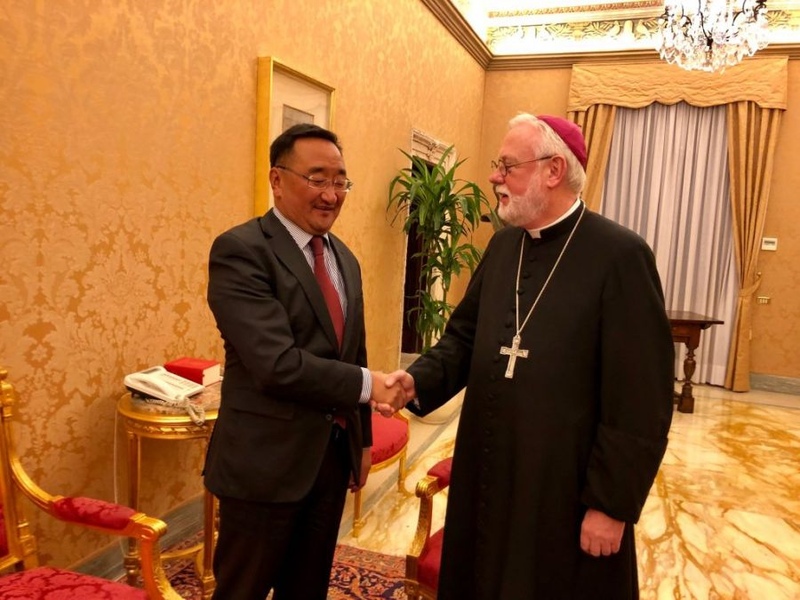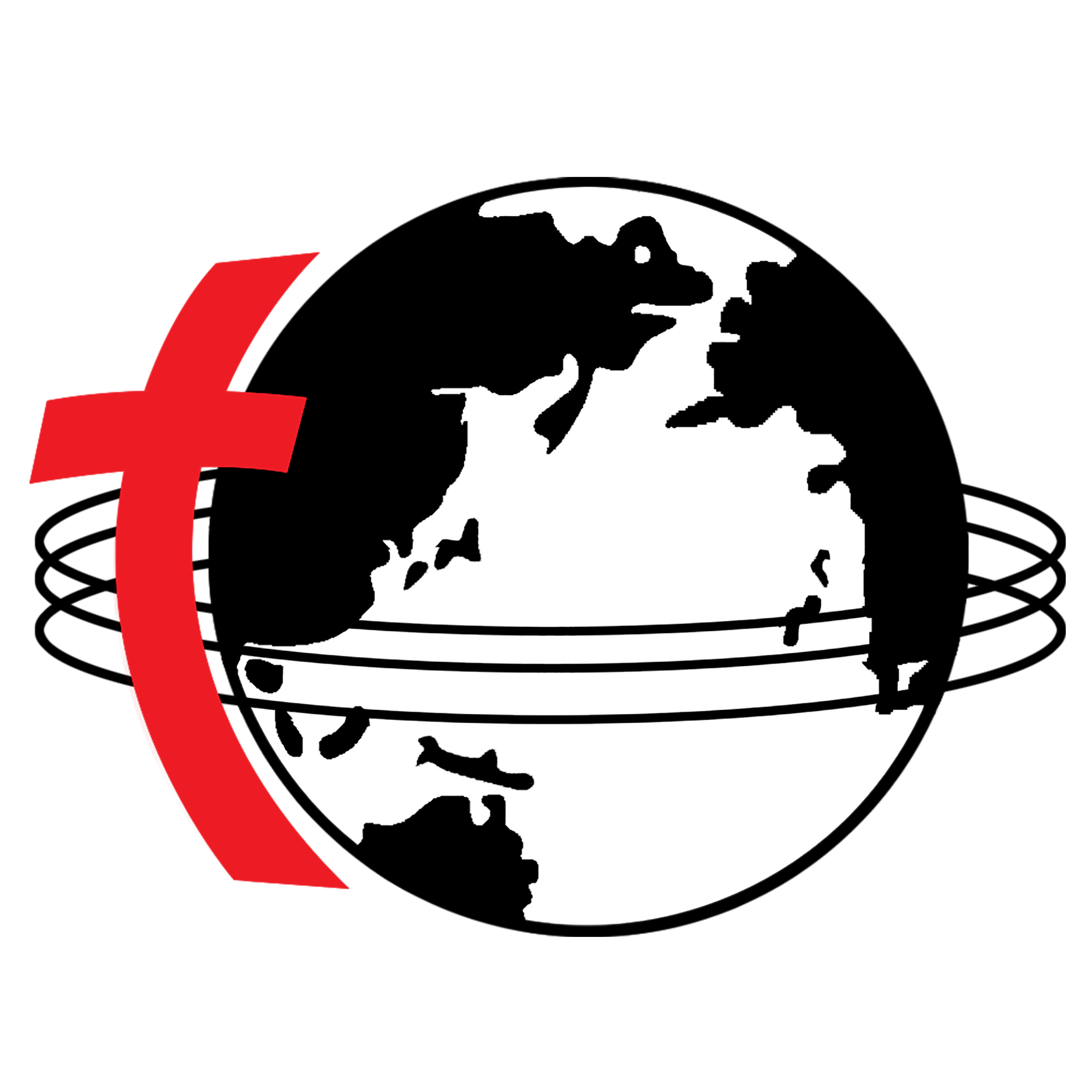VATICAN – MONGOLIA
Mongolian scholars will have access to the Vatican Secret Archive. The Vatican will teach Latin to Mongolian scholars so that they can better understand the documents. In May, a photo exhibition will be held at the Holy See to mark 800 years of Mongolia’s ancient imperial capital.
01/15/2020, 15.14

Rome (AsiaNews) – The Vatican and Mongolia have decided to intensify their collaboration in the cultural domain. As part of this, Mongolian scholars will have access to the Vatican Secret Archive in order to learn more about their national history, this according to a report by Akipress, a Central Asian news agency.
This agreement was signed yesterday by L Purevsuren, ambassador of Mongolia to the Holy See and Permanent Representative to the United Nations and other international organisations, and Mgr Paul Richard Gallagher, Vatican Secretary for Relations with States.
“It’s really good news,” said Fr Giorgio Marengo, a Consolata missionary who has lived in the Mongolia since 2003, speaking to AsiaNews. For him, Mongolian scholars will be able to study the sources that cover Mongolian history preserved in the Vatican Archives and Library.
Archbishop Gallagher said that the Vatican will teach Latin to Mongolian scholars so that they can study relevant documents. Together with Ambassador Purevsuren, he also announced a photo exhibition and a scientific conference at the Holy See, on 6-8 May, to further seal cultural collaboration between the two states.
“This year marks the 800th anniversary of the founding of the ancient capital of the Mongolian Empire, Karakorum,” said Fr Marengo. The latter is located near modern day Kharkhorin “where we Consolata missionaries opened a few years ago a small centre for interreligious dialogue and cultural research. With the latest initiatives, the Holy See shows its constant interest in the history and cultural heritage of this country and we are very happy about it.”
The scientific conference will focus on interfaith dialogue in Mongolia. Although Christianity was allowed back in the country only in 1992 after the demise of the communist regime, “the ancient imperial capital represents one of the first examples of peaceful coexistence between different religions.”
“In 1245, Pope Innocent IV sent Franciscan friar Giovanni di Pian del Carpine as ambassador to the court of the Khan. From his and other ancient stories we know that the imperial capital was cosmopolitan and multi-religious, with the presence of Nestorians, i.e., Syriac Christians.”
In order to highlight relations between the successor of Peter and Mongol emperors, “copies of the letters exchanged in the 13th century between Pope Innocent IV and Emperor Güyük Khan were sent between 2017 and 2018 to the Museum of Kharkhorin at the request of local authorities, with the valuable help of the Apostolic Nunciature and the Vatican Secret Archive. The originals are still kept in the latter.” (A.C.F.)


 ENG
ENG